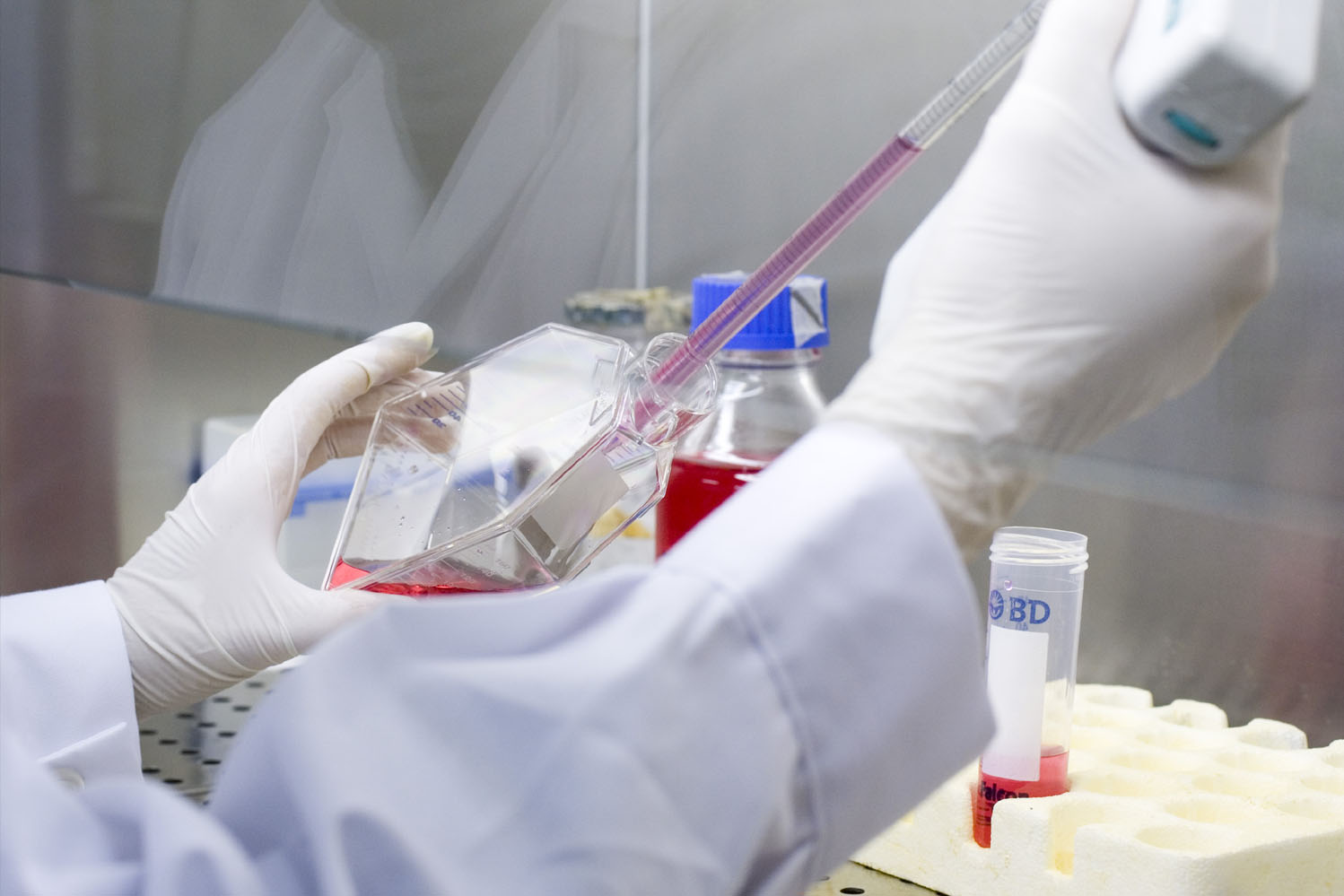In Vitro ADME-tox (GLP)

We work with cells from multiple organs and numerous species and can therefore reproduce in the laboratory fast and reliable predictive systems to study the behaviour of
drugs, dermocosmetics, food ingredients, nanoparticles and any product likely to have an effect on human health.
We are experts in evaluating toxicity and effectiveness in cell systems and tissue (ex vivo). We undertake customised studies of the mechanisms of action of an active substance and studies based on conventional protocols according to international guidelines in the field of toxicity and genotoxicity.
We also evaluate and predict the pharmakinetic behaviour of in vitro systems:
absorption, metabolism, drug interaction and protein binding.
We develop our activity under the Good Laboratory Practices (GLP) certificate granted by the Ministry of Health and Social Policy.
Our lines of technological activity are:
Bioavailability
- Water solubility
- Chemical stability in intestinal fluid
- Chemical stability in gastric fluid
- Plasma protein binding
- Human plasma stability
In vitro absorption - Transporters
- PAMPA
-
P-gp:
-
BCRP:
-
OATP1B1:
- Cryopreserved hepatocytes
In vitro absorption models
- Intestinal permeability barrier
- Hematoencephalic permeability barrier
- Permeability barrier
- Pulmonary
- Percutaneous absorption (OECD 428)
In vitro metabolism
- Metabolic stability: metabolisation percentage, intrinsic clearance rate,
average life (hepatocytes, microsomes, S9, recombinant enzymes)
- Metabolite profiling and identification (phase I and phase II)
- P-450 and UGT enzyme phenotyping
In vitro drug-drug interaction
- High through put inhibición de cocktail de cyps
- CYP inhibition - high through put screening: fluorescent substrates, recombinant CYPs
- CYP inhibition: IC50, KI
- Time-dependent CYP inhibition (single point, IC50 shift)
- CYP inhibition
Cytoxicity
- MTT, XTT, NEUTRAL RED, ALAMAR BLUE, LDH, MTS
Toxicity mechanisms
- Apoptosis/Necrosis
- Oxidative stress
- Inflammation
Genotoxicity
- Ames Test (OECD 471)
- Mutagenicity in mammal cells (OECD 476)
- Micronucleus test (OECD 487)
- Comet assay
In vitro organ specific toxicity
- Hepatotoxicity
- BBB toxicity
- Renal toxicity
- Pulmonary toxicity
- Ocular irritation (Invittox no 37)
- Dermal toxicity:
- Dermal corrosion (OECD 435)
- In vitro irritation: dermal (OECD 404), nasal, oral
- Phototoxicity (OECD 432)
Immunological profile: functional studies
-
Immune monitoring services:
- Immunological profile: phenotypic characterisation studies.
- T helper responses (TH1/TH2) and T inflammatory responses (TH17)
-
Cytoxicity: cellular immunological function:
- T-cell subpopulation study (virgin or naive T lymphocytes, activated effector/memory lymphocytes)
- Functional evaluation (intracellular cytokines, granzyme B, perforin and degranulation expression)
- Elispot assayt: Detection of low-frequency fresh and cryopreserved antigen-specific PBMC cells